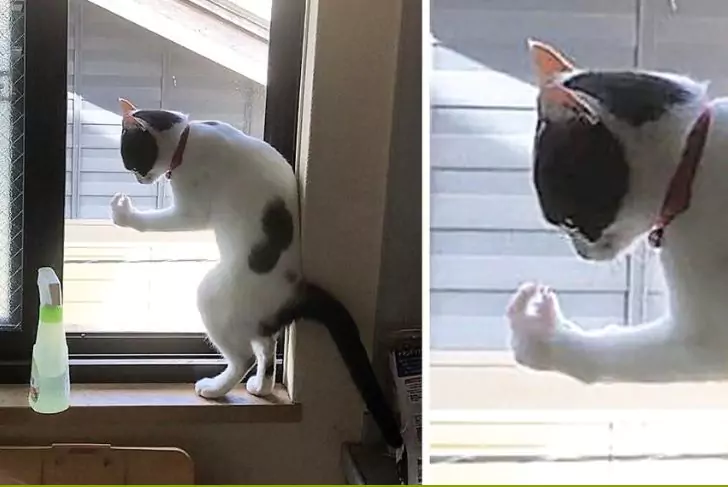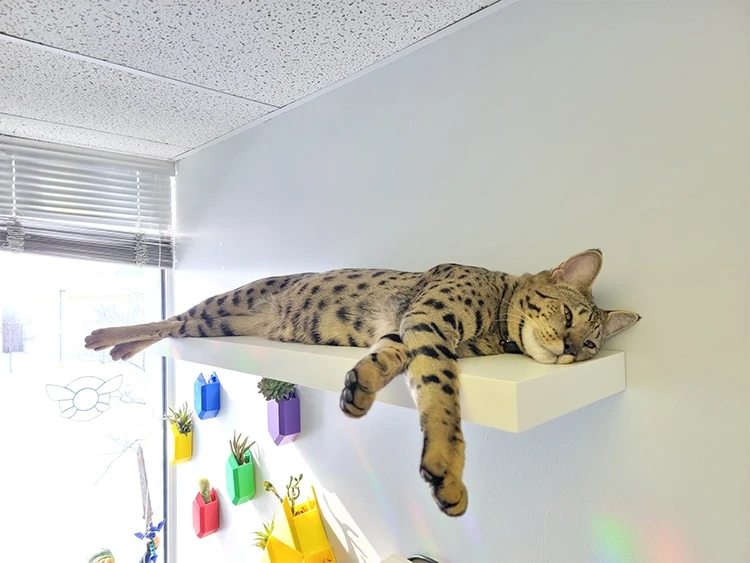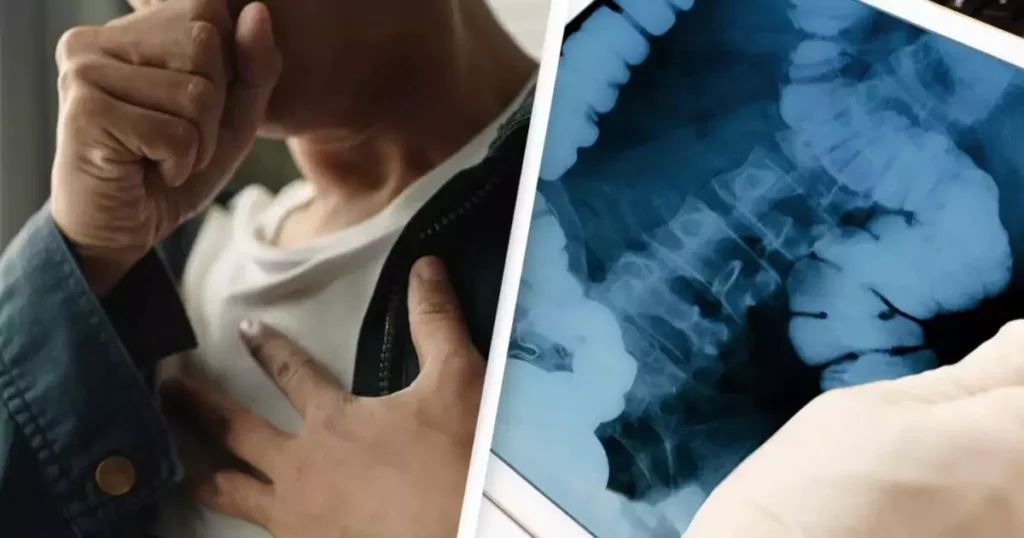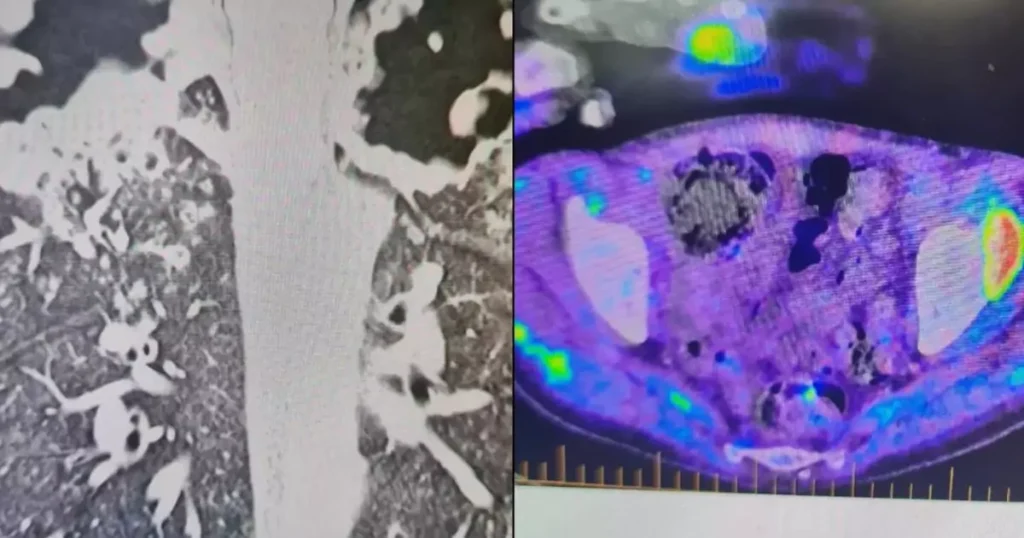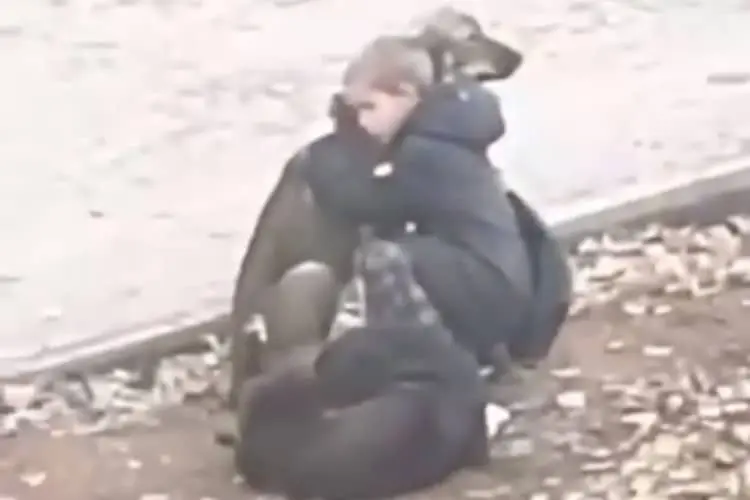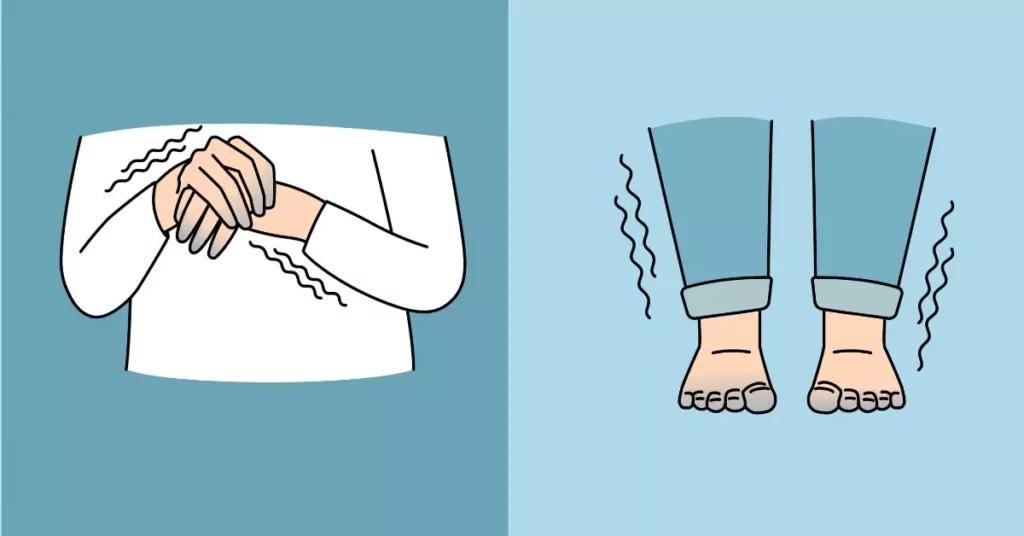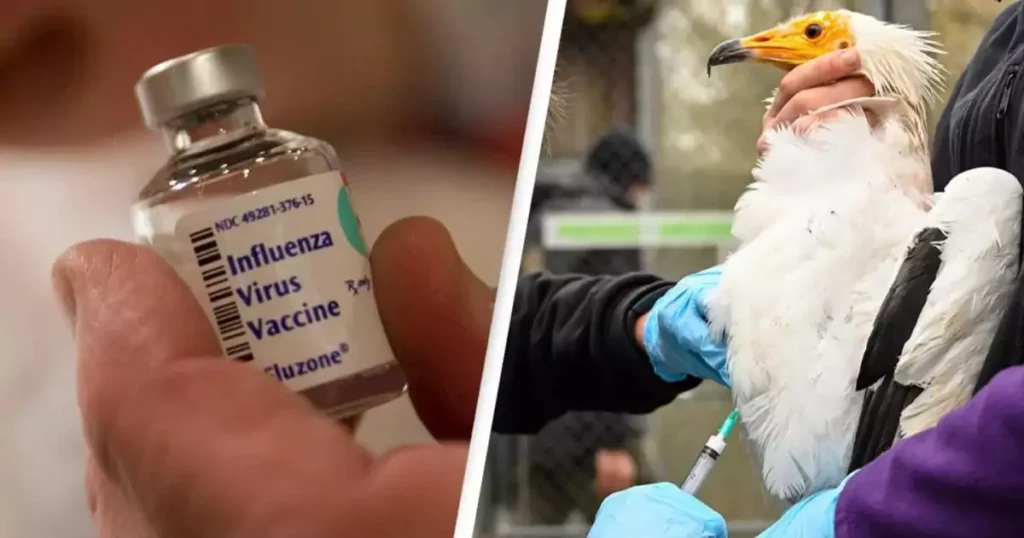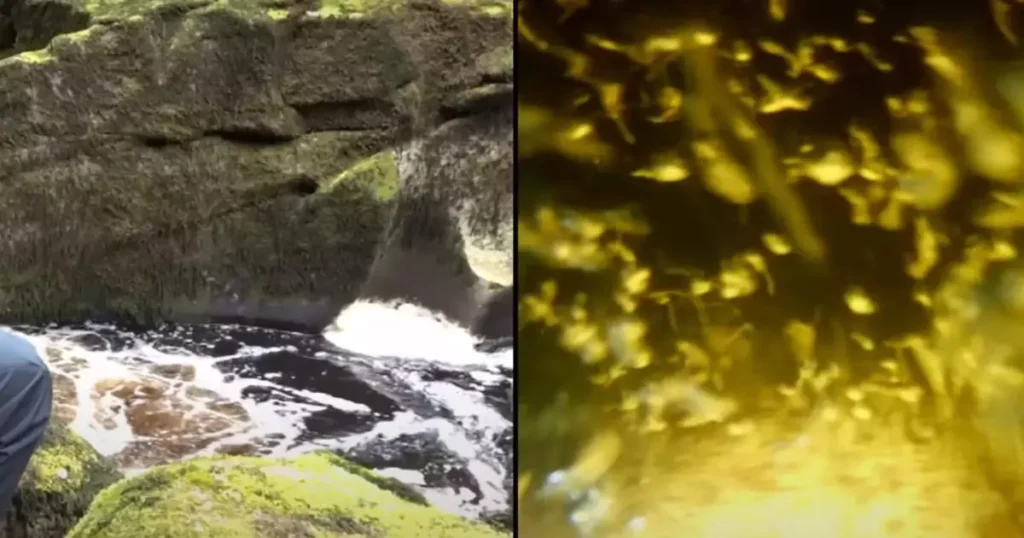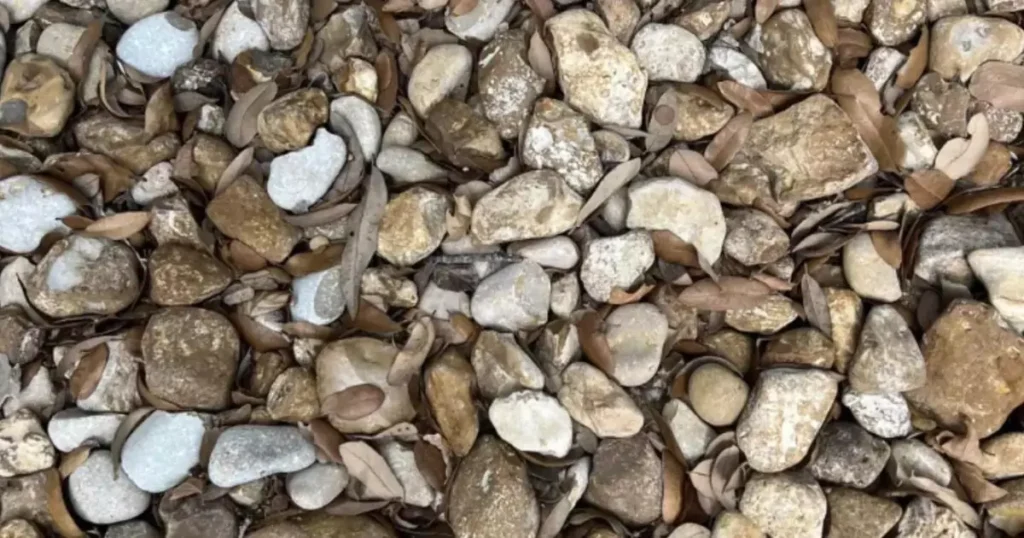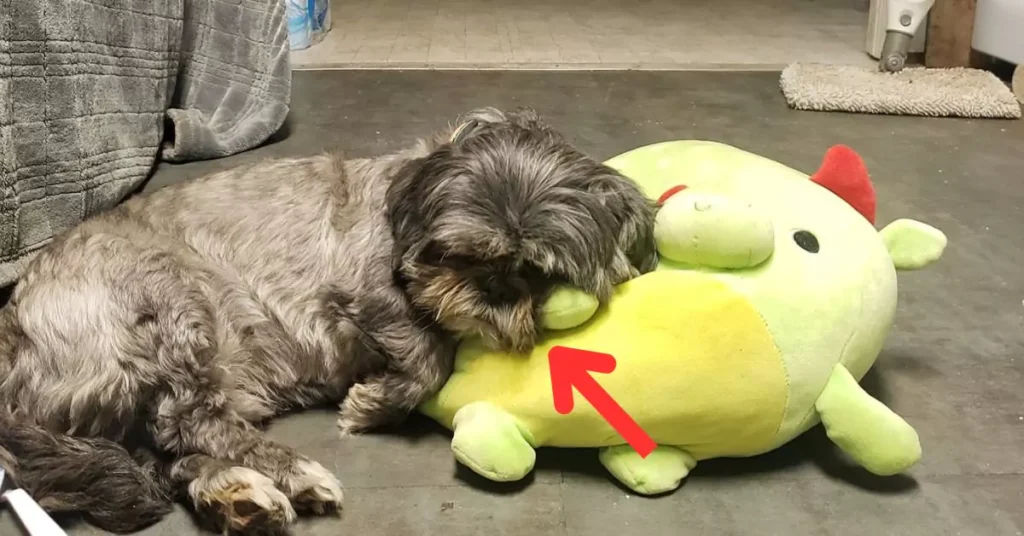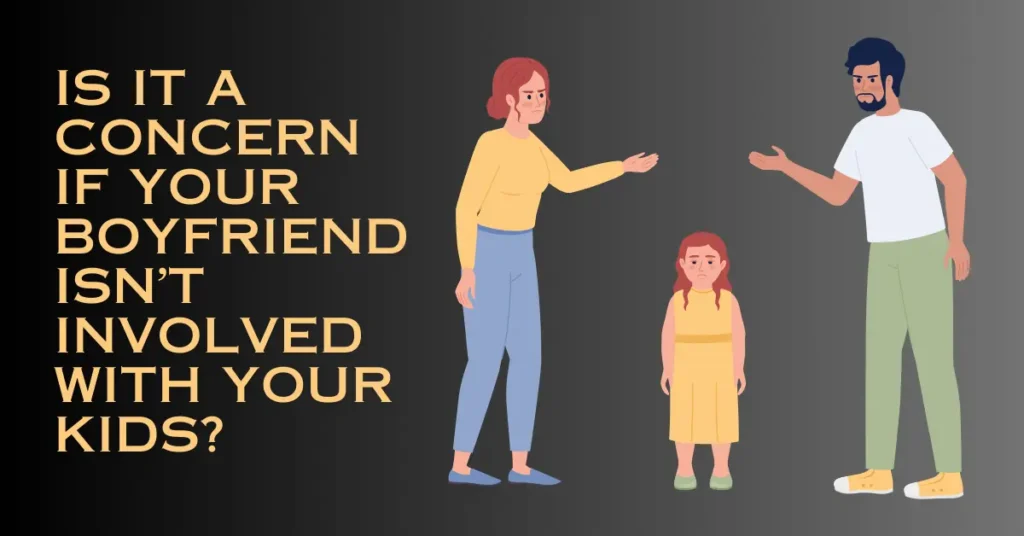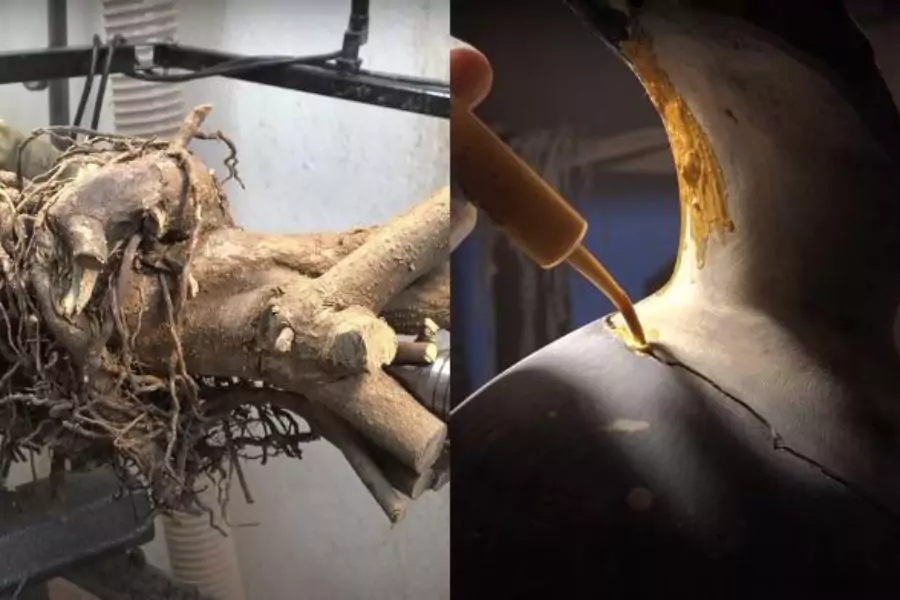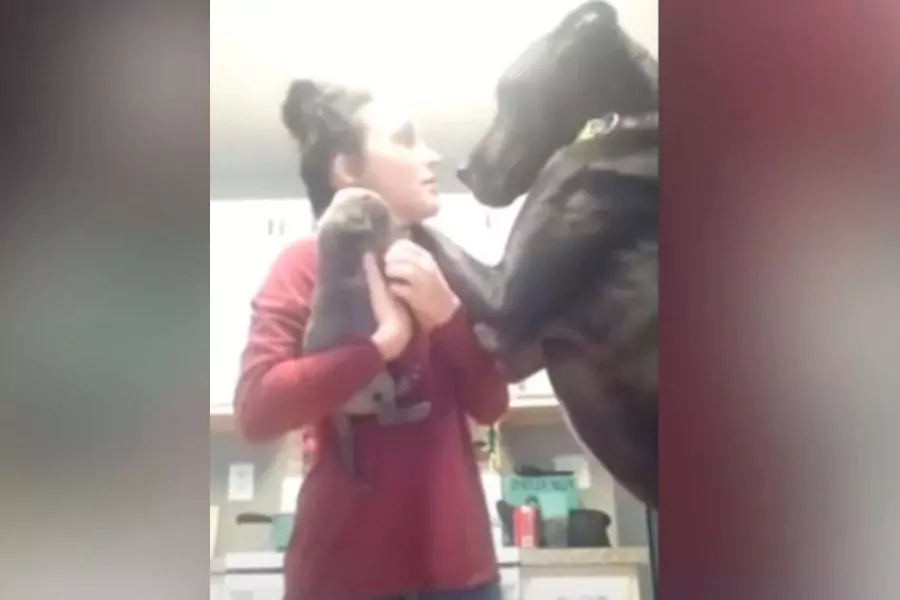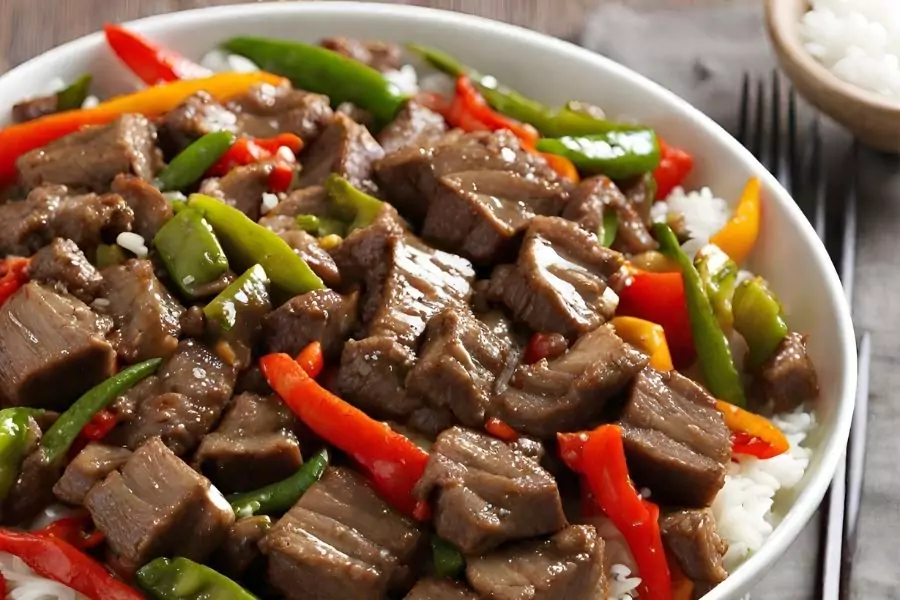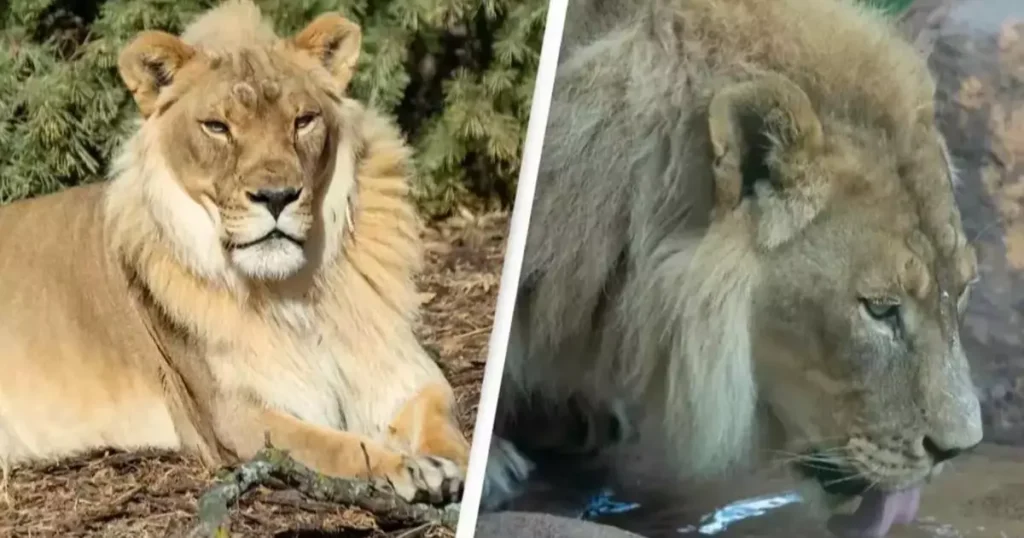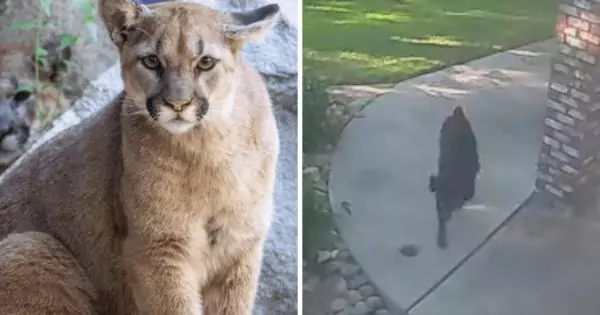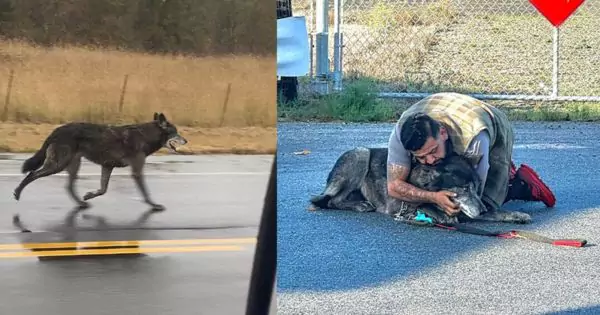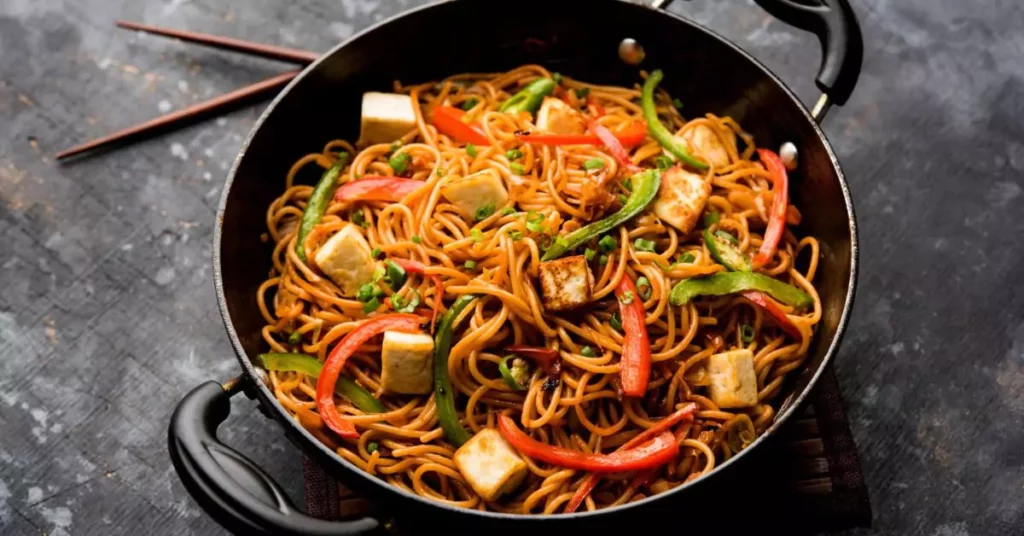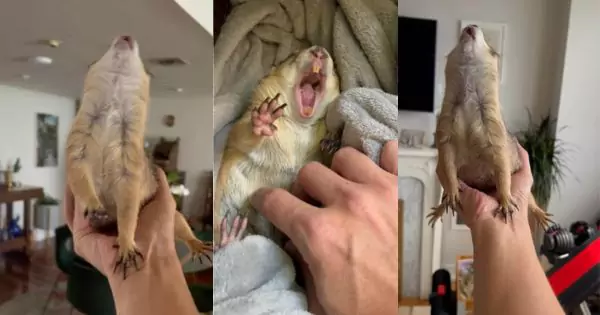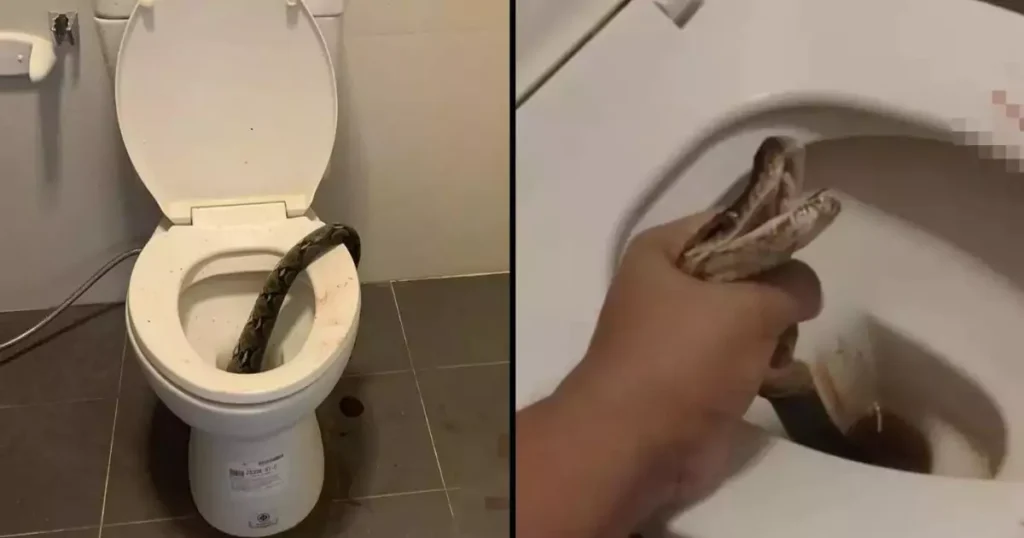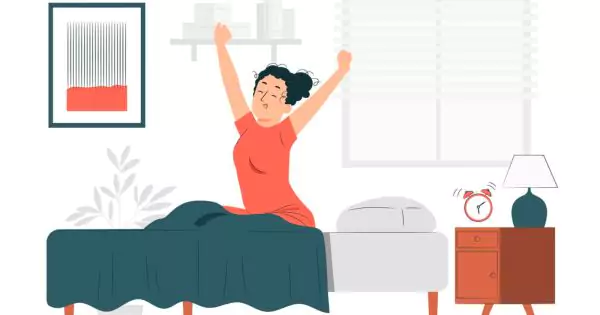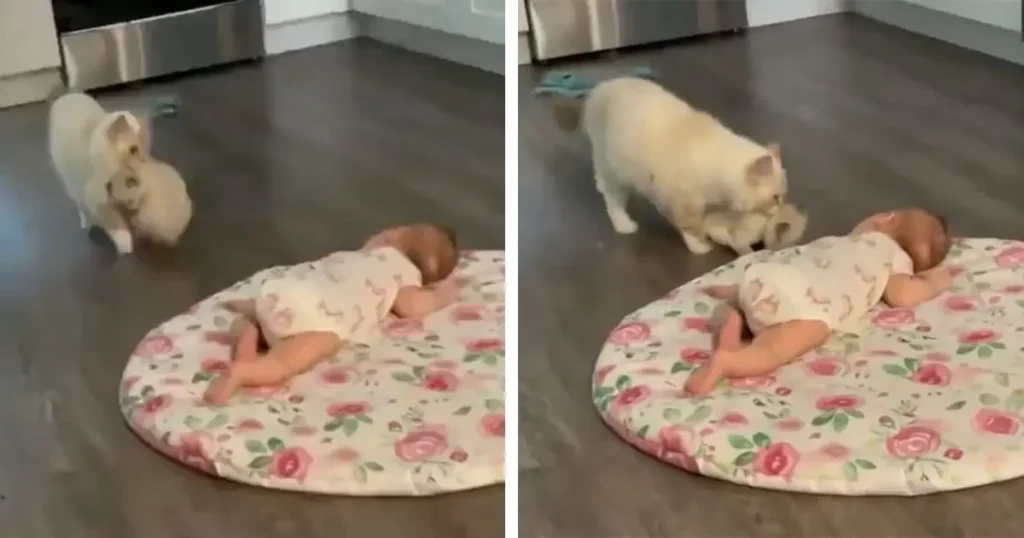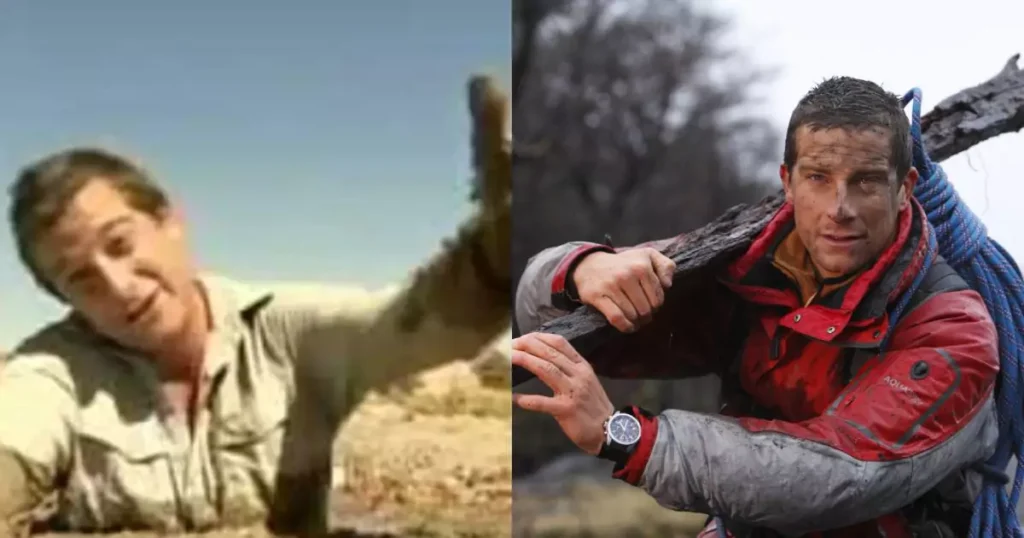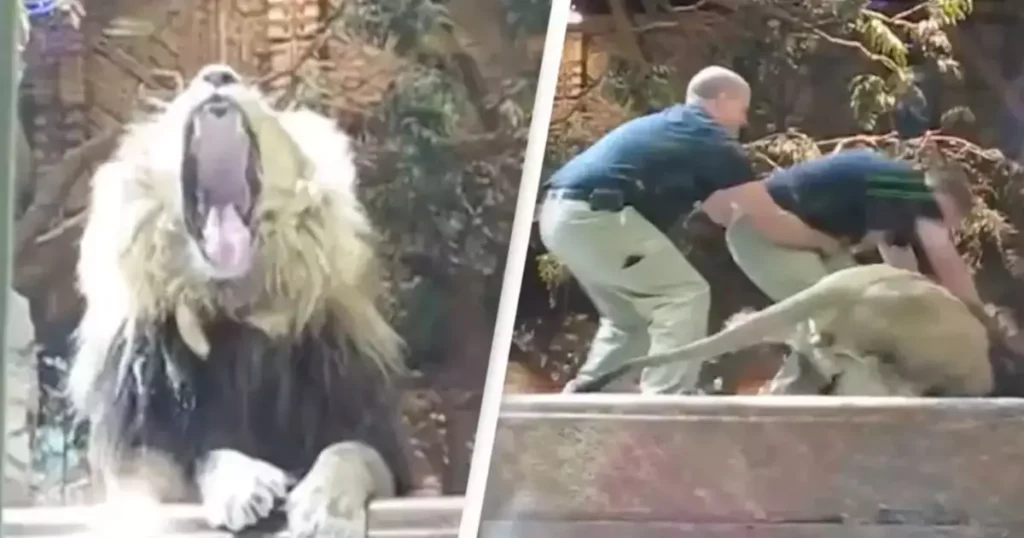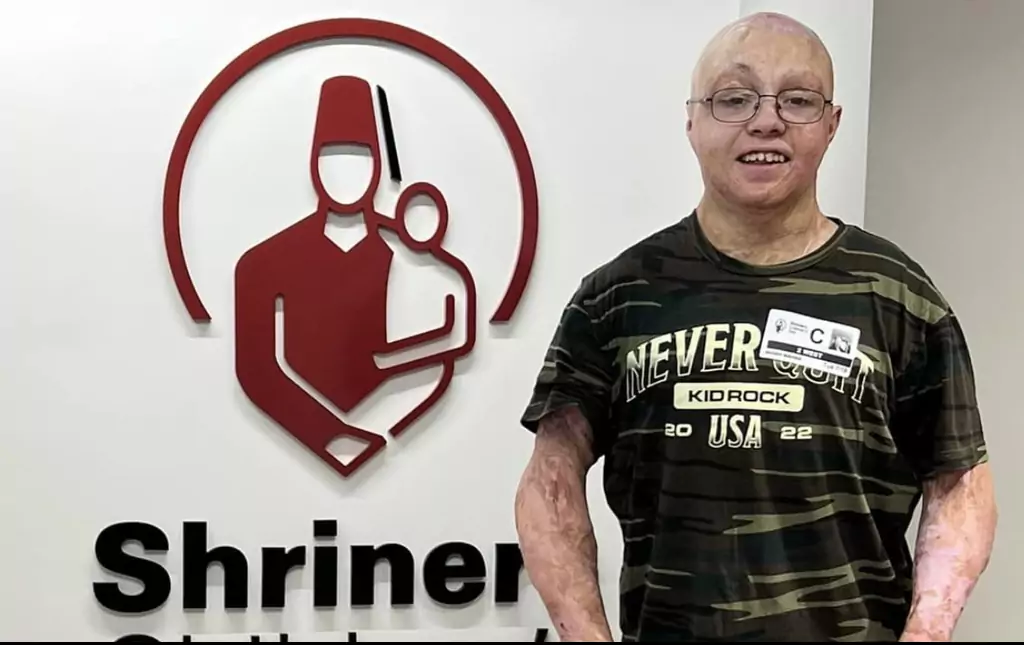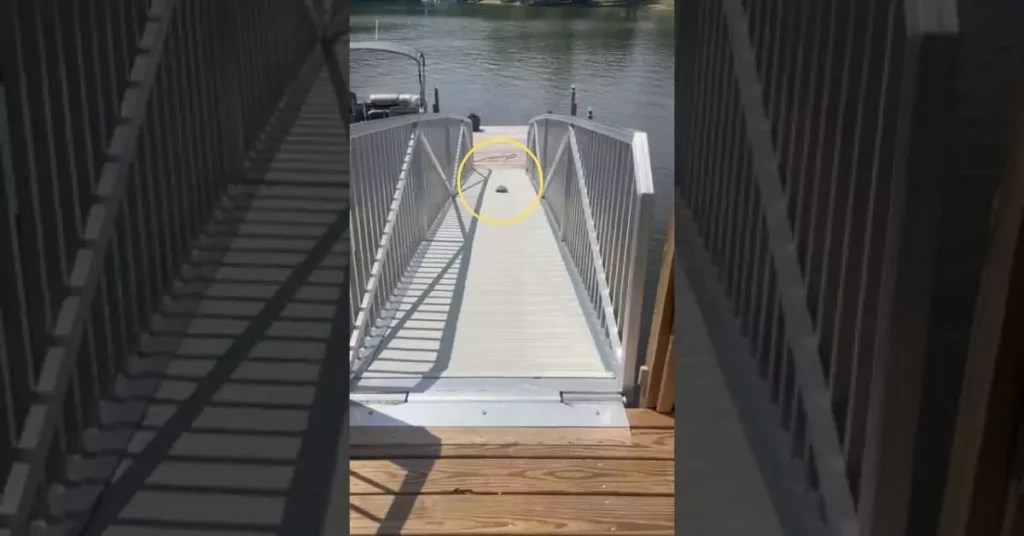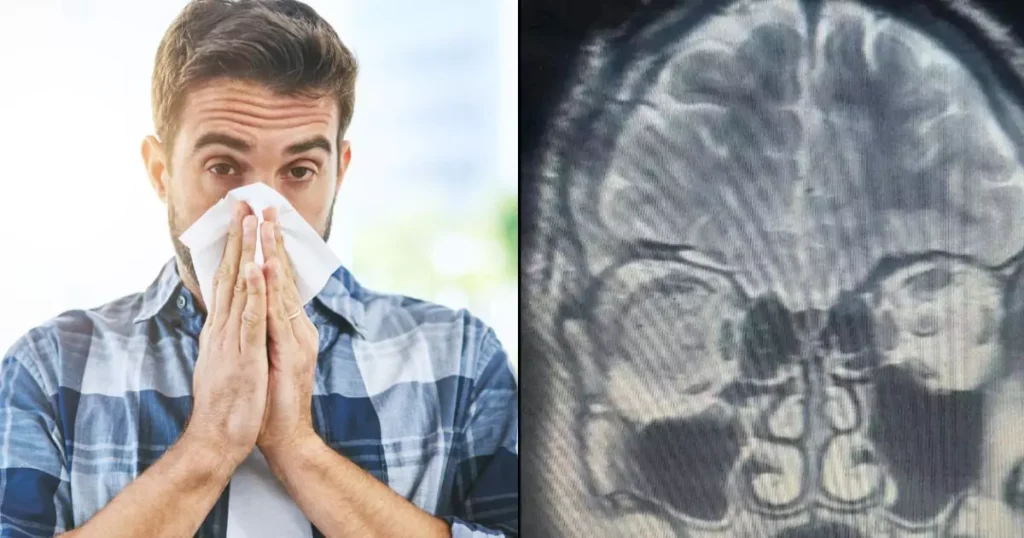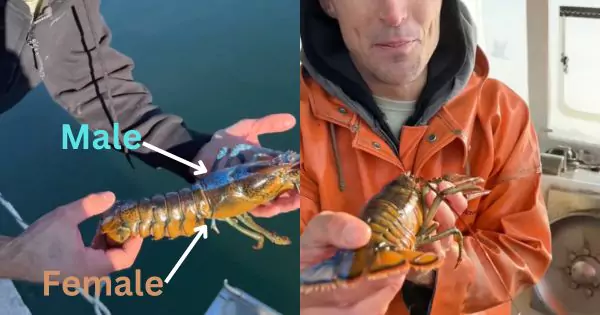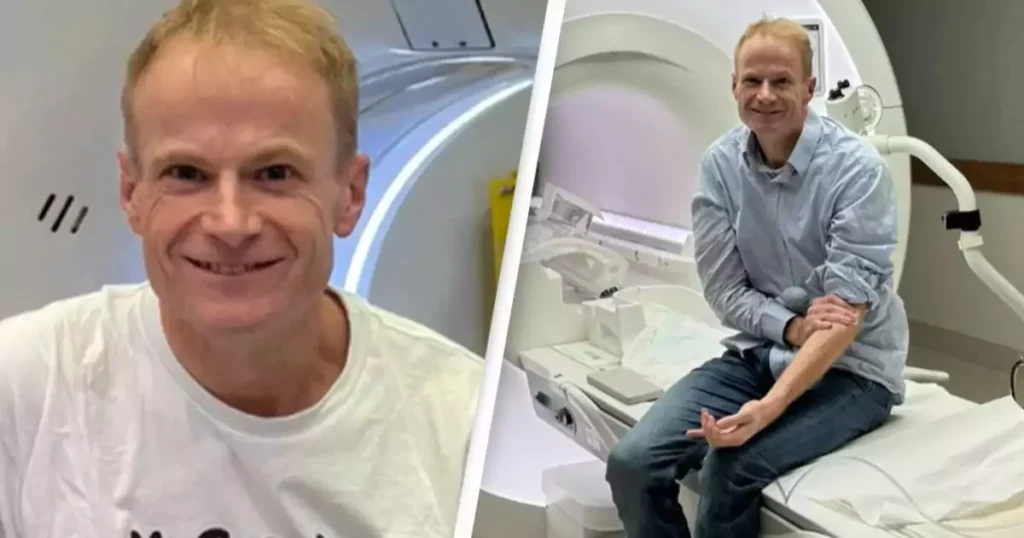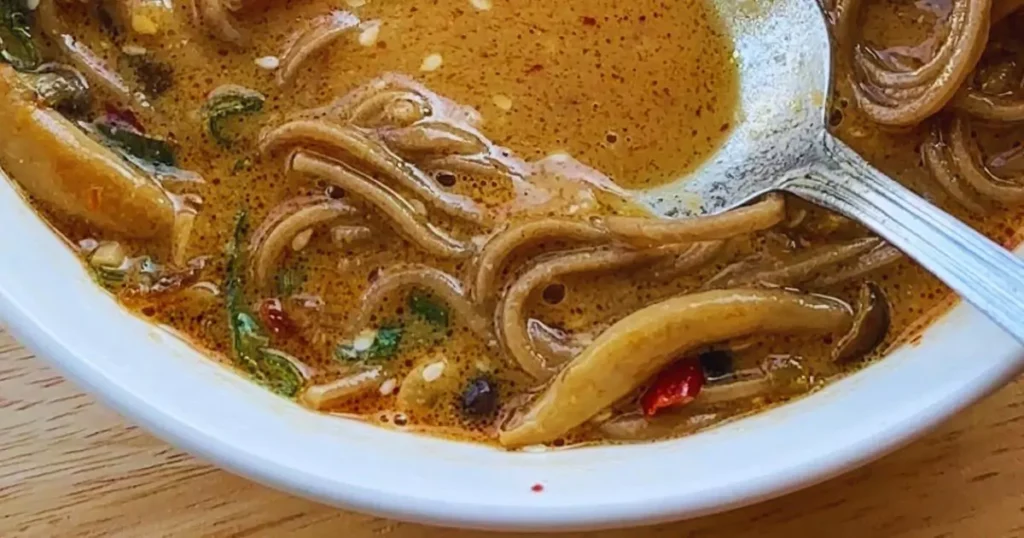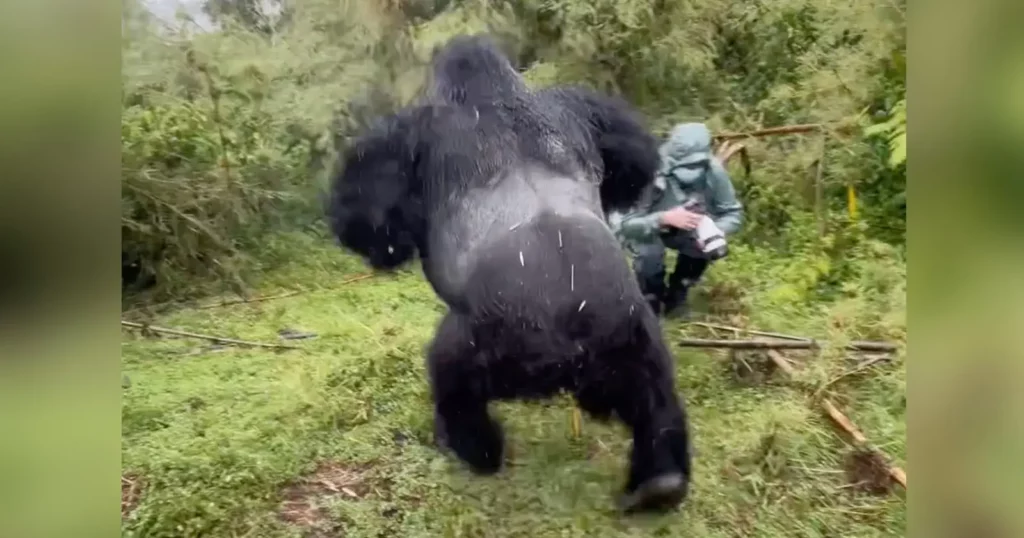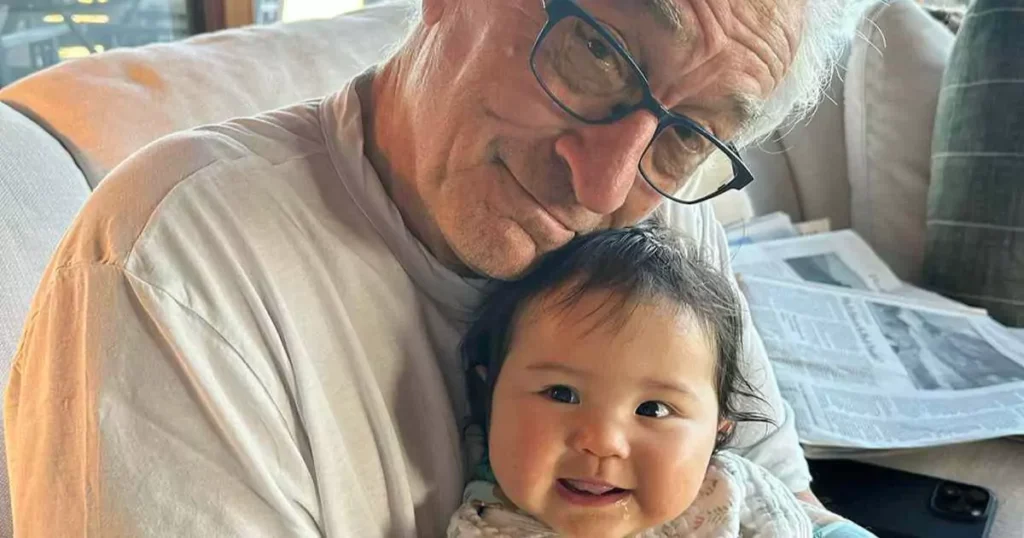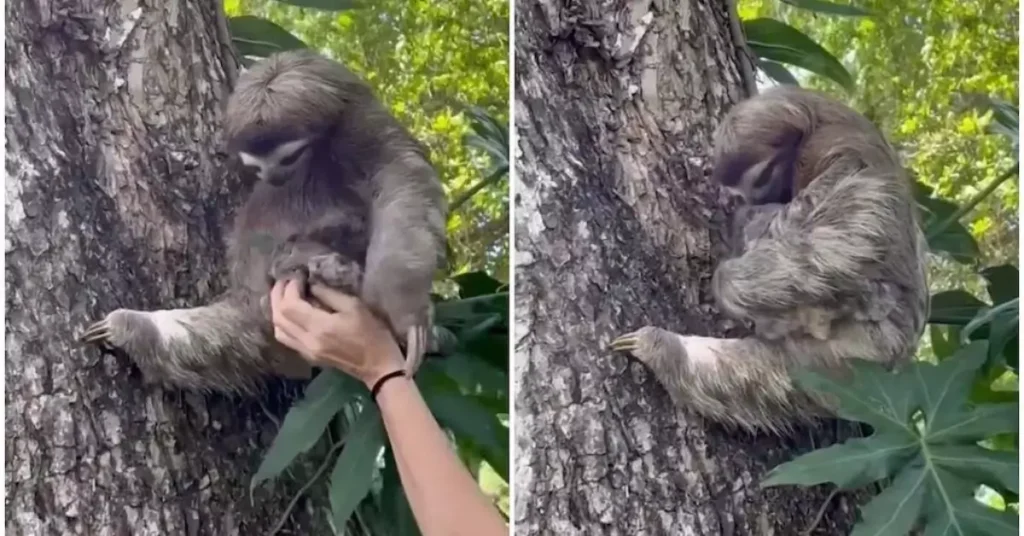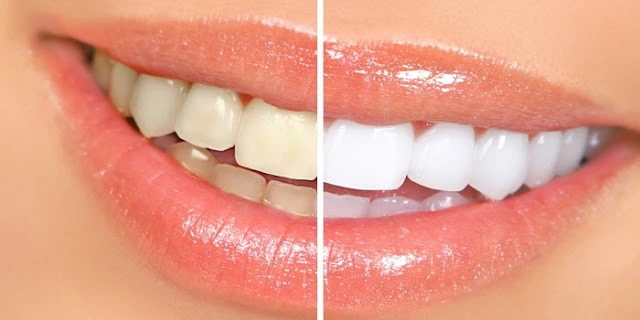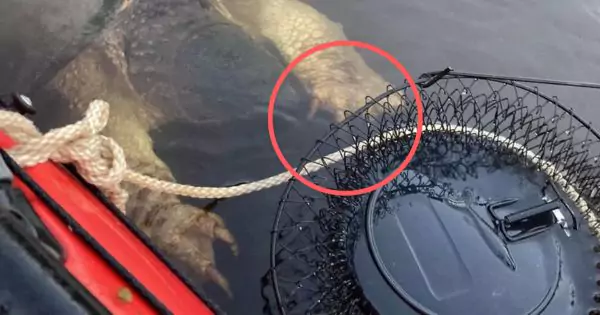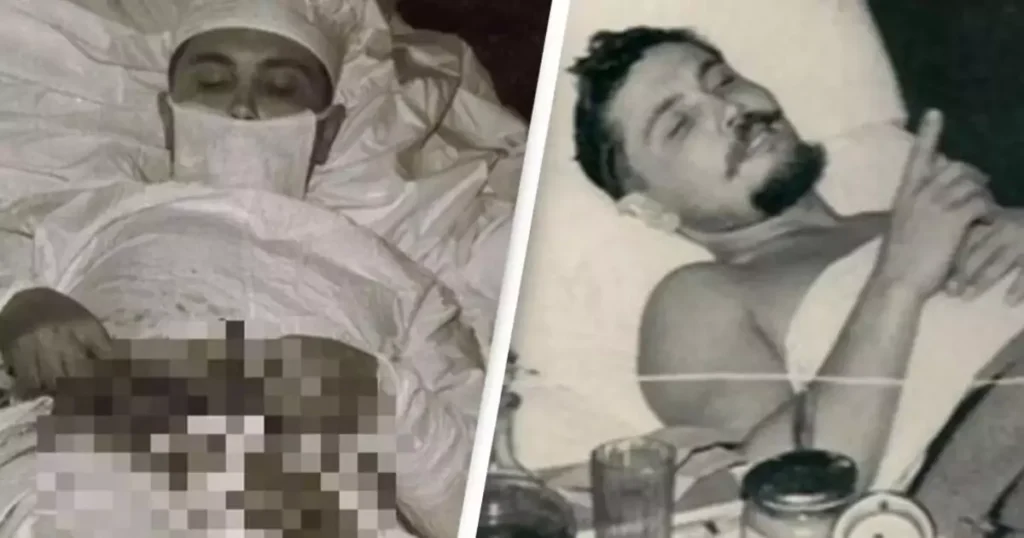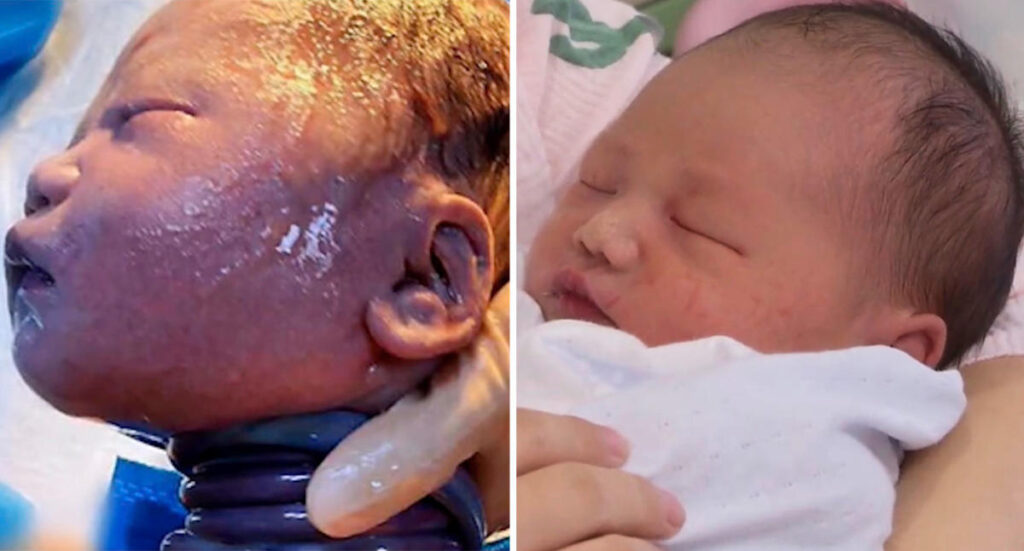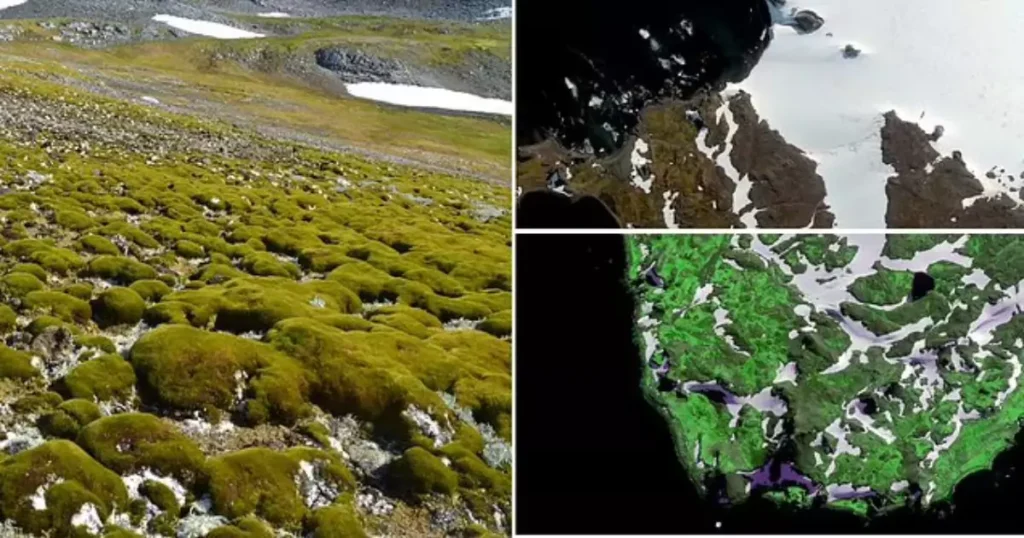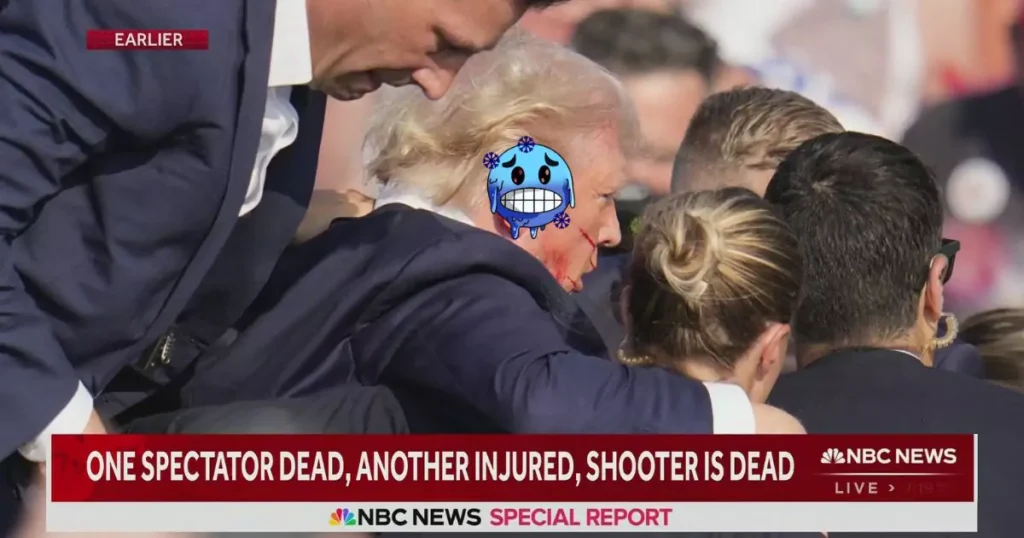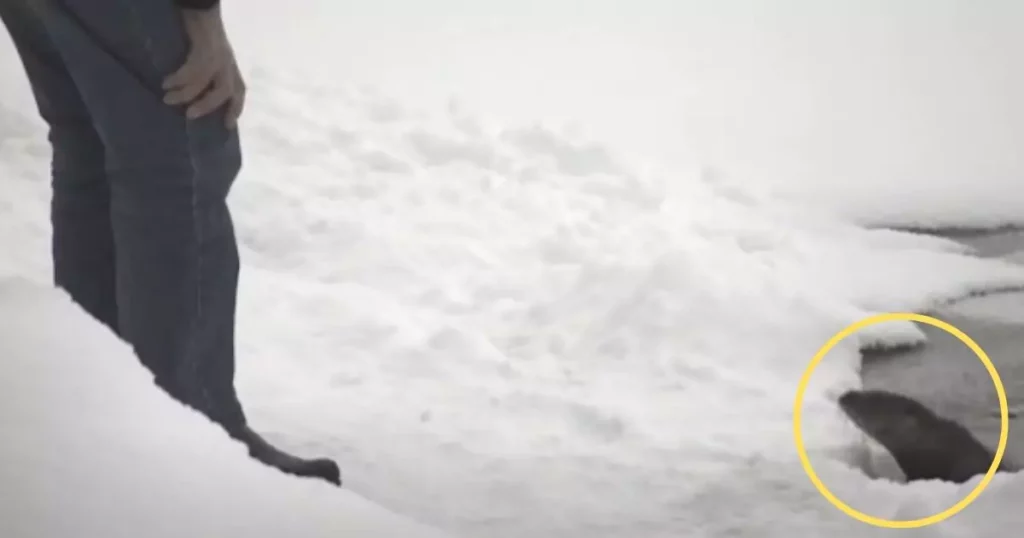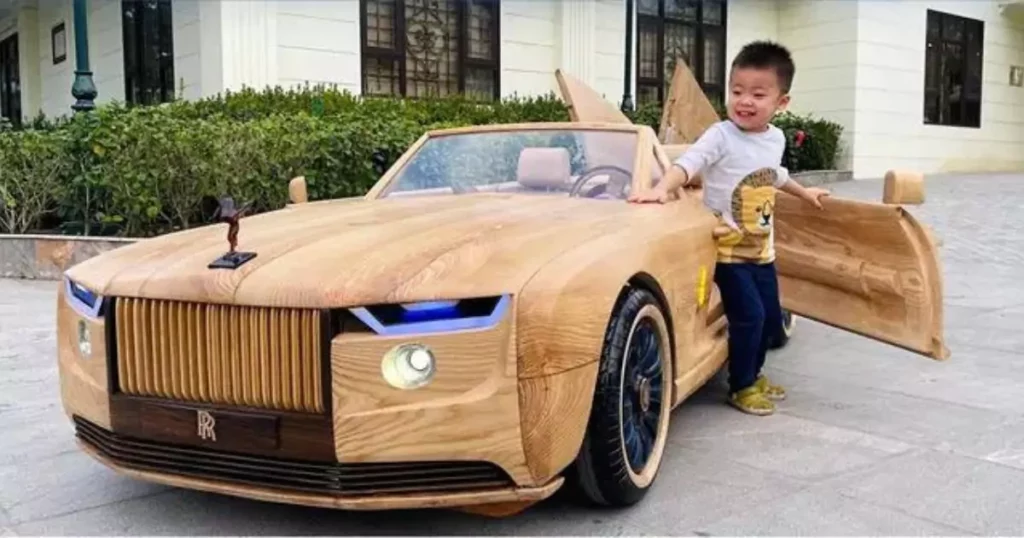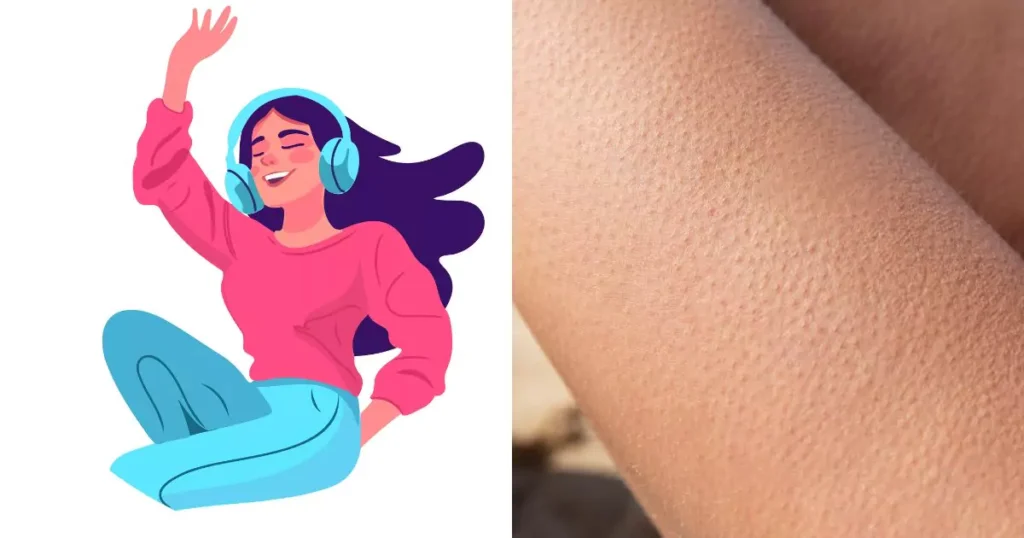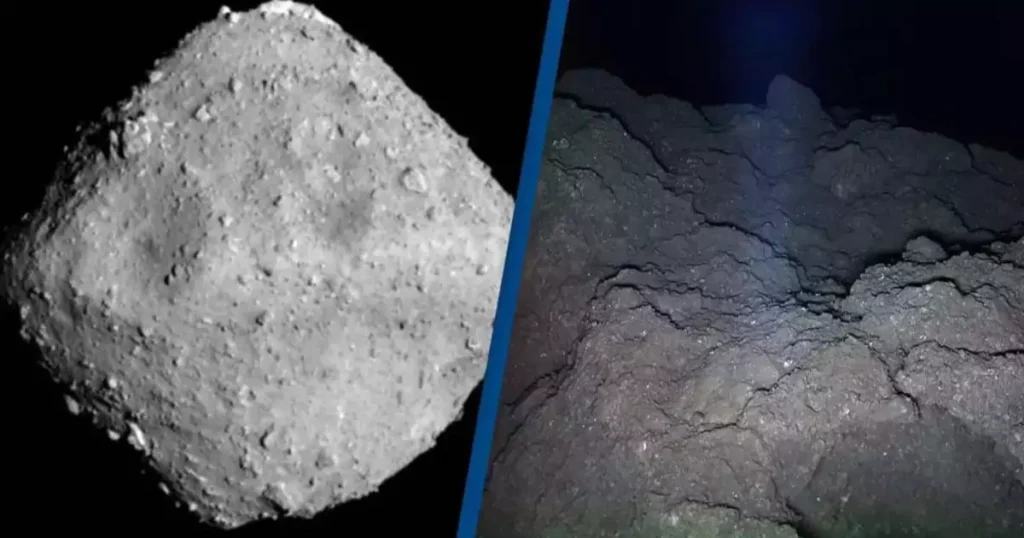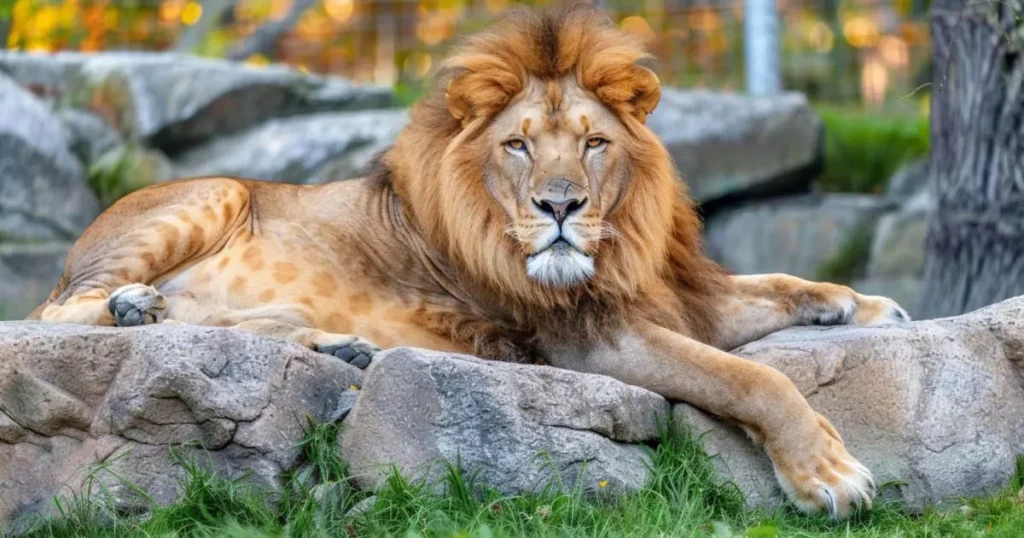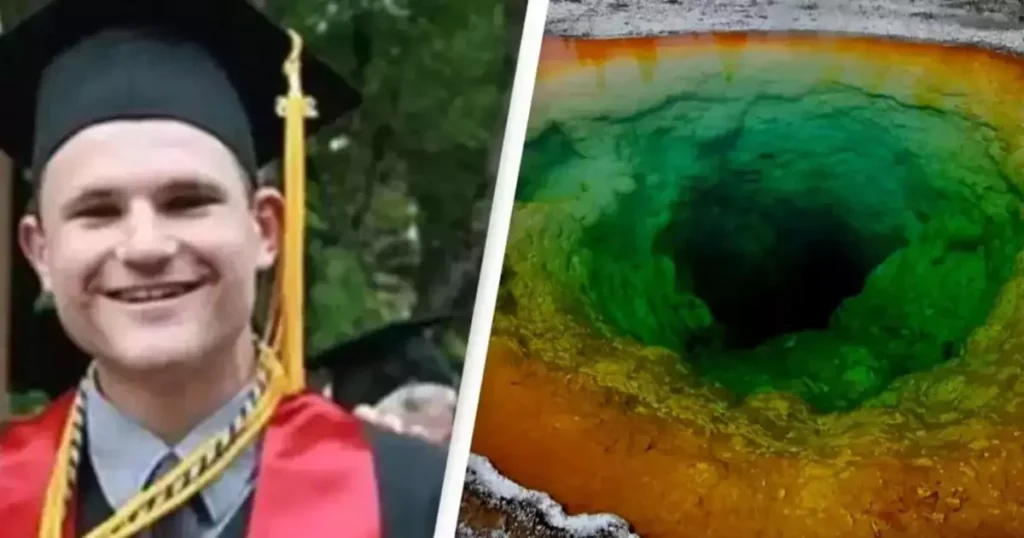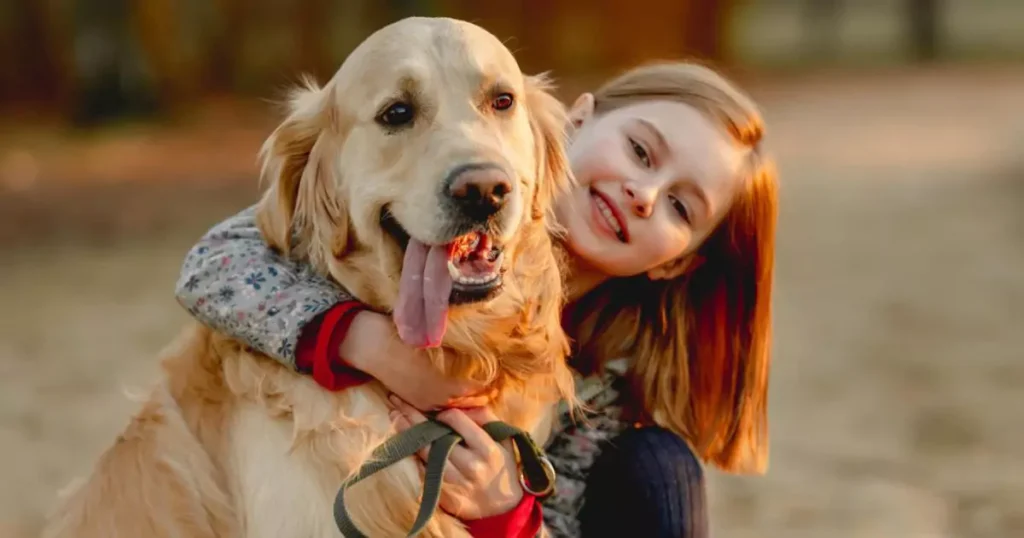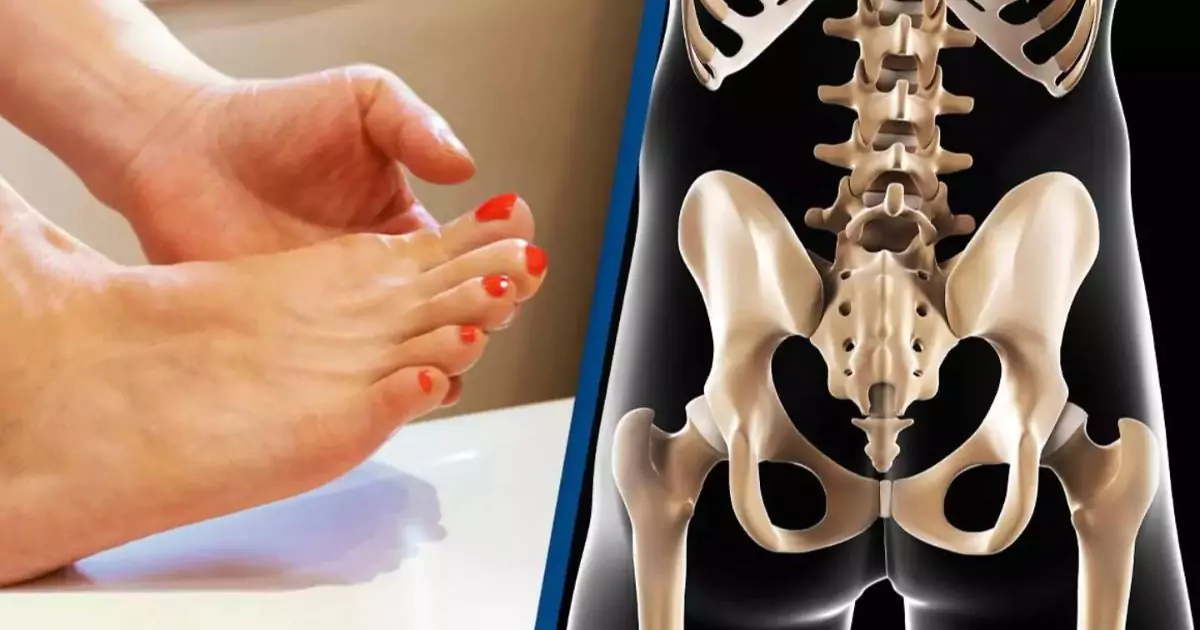
While we often regard our bodies as temples, some parts of these temples are no longer necessary. Humans have evolved significantly since our ancestors first appeared around 2.8 million years ago. Back then, life was vastly different, with early humans relying on rocks to start fires and hunting for food. As society has advanced, our bodies have evolved, leaving some parts redundant. Here are seven parts of the human body that have become useless over time.
1. Ear Muscles
Ear muscles are among the most interesting parts of the human body that have become redundant. Humans have muscles within and outside of our ears, but it’s unlikely that you use them. Our ancestors could move their ears to help with sound localization, a crucial skill for survival. However, as the human head has evolved, these muscles have become mostly unnecessary. Today, if you can wiggle your ears, it’s merely an entertaining party trick.
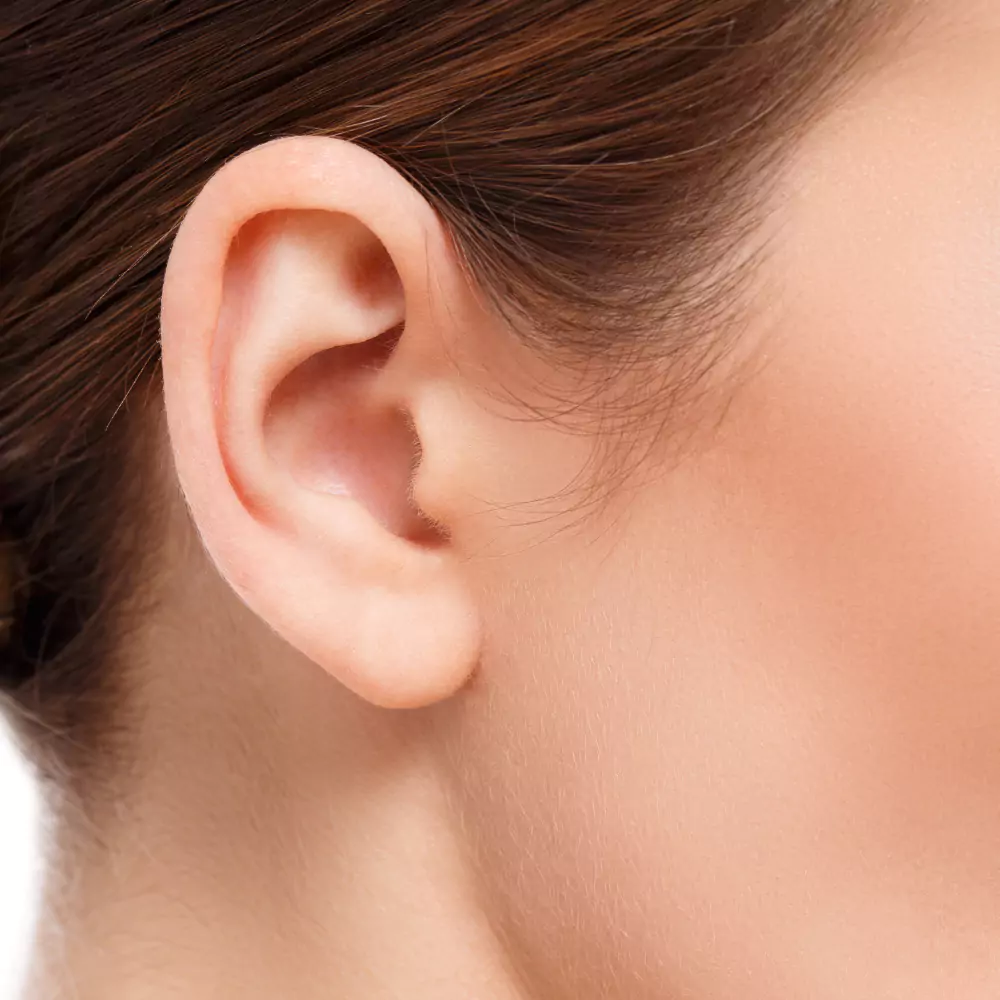
Evolutionary Background
The muscles in our ears, known as auricular muscles, were once vital for early humans. These muscles helped our ancestors detect predators and other dangers by allowing them to move their ears in different directions. This capability improved their chances of survival in a world where sound localization was crucial. However, as humans evolved and developed other means of protection, the need for mobile ears diminished.
Modern Implications
In contemporary society, the ability to wiggle ears has no practical use. The auricular muscles have atrophied over time, leading to their reduced functionality. Despite their redundancy, these muscles remain a fascinating reminder of our evolutionary past.
2. Chins
The function of chins is still debated among scientists, but some argue that we don’t really need them. Dan Lieberman, a professor of human evolutionary biology at Harvard University, suggests that chins might exist because we find them attractive, a result of sexual selection. Others believe that chins help control our jaws when we chew and manage mechanical stresses. Regardless of their exact purpose, we would look quite odd without them.
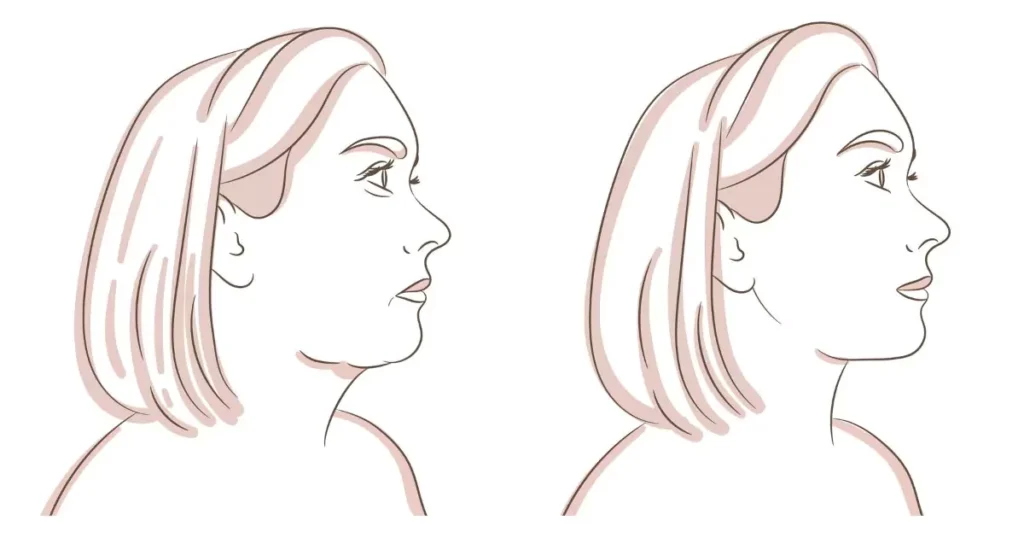
Theories on Chin Evolution
Several theories attempt to explain the presence of chins in humans. One theory suggests that chins evolved as a result of changes in our jaw structure, which became smaller as our diet changed from raw, tough foods to softer, cooked foods. Another theory posits that chins help absorb the mechanical forces exerted during chewing and speaking.
Aesthetic Considerations
From an aesthetic perspective, chins play a significant role in defining the shape of our faces. They contribute to the appearance of the lower face and are often considered a marker of attractiveness. Despite their debated functionality, chins remain an essential feature of human facial structure.
3. Body Hair
Once essential for warmth, body hair has become less necessary as humans have developed other means of staying warm. Many people, especially women, now choose to remove body hair, keeping only the hair on their heads. Tina Lasisi, a biological anthropologist at the University of Southern California, explains that we still have hair all over our bodies, but it has become so fine that it no longer provides insulation.
The Role of Body Hair
Body hair once played a crucial role in maintaining body temperature and protecting the skin from external elements. Early humans relied on their body hair to keep warm in cold climates and to shield their skin from the sun’s harmful rays. As humans developed clothing and other methods of insulation, the need for body hair diminished.
Modern Trends
In modern society, the removal of body hair has become a common practice, particularly among women. The trend towards smooth, hairless skin is driven by cultural and aesthetic preferences. While body hair no longer serves its original purpose, it remains a subject of personal and societal significance.
4. Pinky Toes
While feet are crucial for movement and balance, the same cannot be said for our pinky toes. These tiny toes were once useful for our ancestors when climbing, but today they serve little purpose and often cause discomfort by rubbing against the inside of shoes.
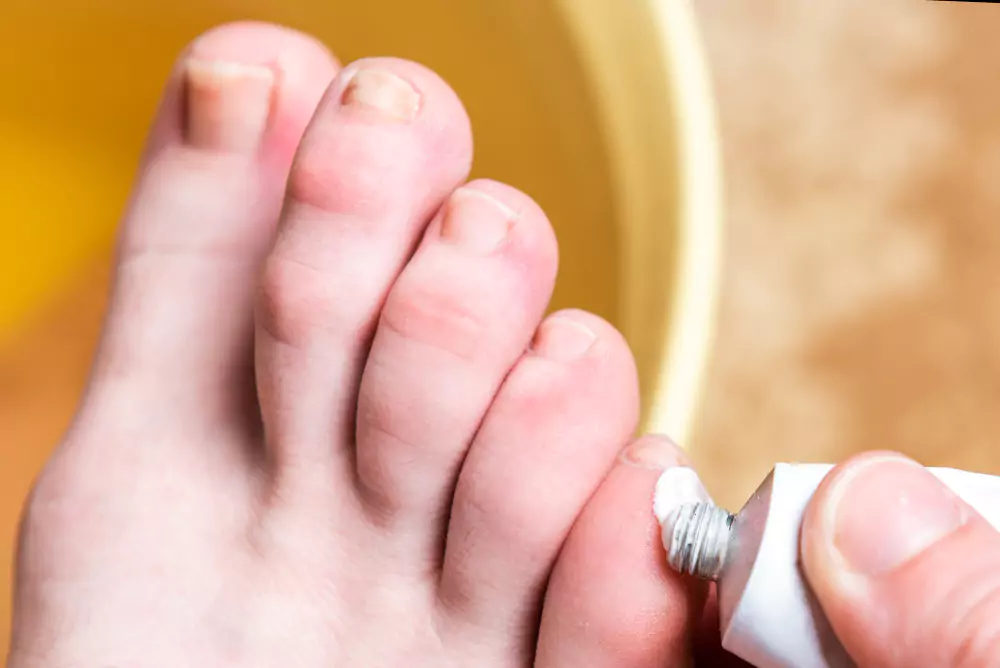
Evolutionary Significance
The pinky toe, or fifth toe, was once an essential part of the human foot structure, aiding in climbing and gripping surfaces. Early humans needed this functionality to navigate their environments effectively. However, as humans began to walk upright and rely less on climbing, the importance of the pinky toe diminished.
Contemporary Relevance
Today, the pinky toe is often more of a hindrance than a help. It can be prone to injury and discomfort, particularly when wearing tight-fitting shoes. Despite its reduced functionality, the pinky toe remains a part of our anatomy, a vestige of our evolutionary history.
5. Wisdom Teeth
Wisdom teeth are another part of the body that many people can do without. These teeth were necessary for our ancestors’ diets, which consisted of coarse food that required more chewing. However, as our diets have become more refined and our jaws smaller, wisdom teeth have become redundant and often need to be removed to prevent dental issues.
Historical Function
Wisdom teeth, also known as third molars, were essential for early humans who consumed a diet of raw, hard-to-chew foods. These additional molars provided the necessary grinding surface to process tough vegetation and meat. As cooking and food processing techniques evolved, the need for these extra teeth diminished.
Modern Dental Issues
In contemporary society, many people experience problems with their wisdom teeth, including impaction, overcrowding, and infection. Dental professionals often recommend the removal of wisdom teeth to prevent these issues. The high incidence of complications related to wisdom teeth underscores their redundancy in modern human anatomy.
6. Tailbone
The tailbone, or coccyx, is a remnant of a vestigial tail. Humans lost their tails around 25 million years ago, coinciding with our transition to walking on two legs. While the tailbone can still cause discomfort when injured, it serves no practical purpose in modern humans.
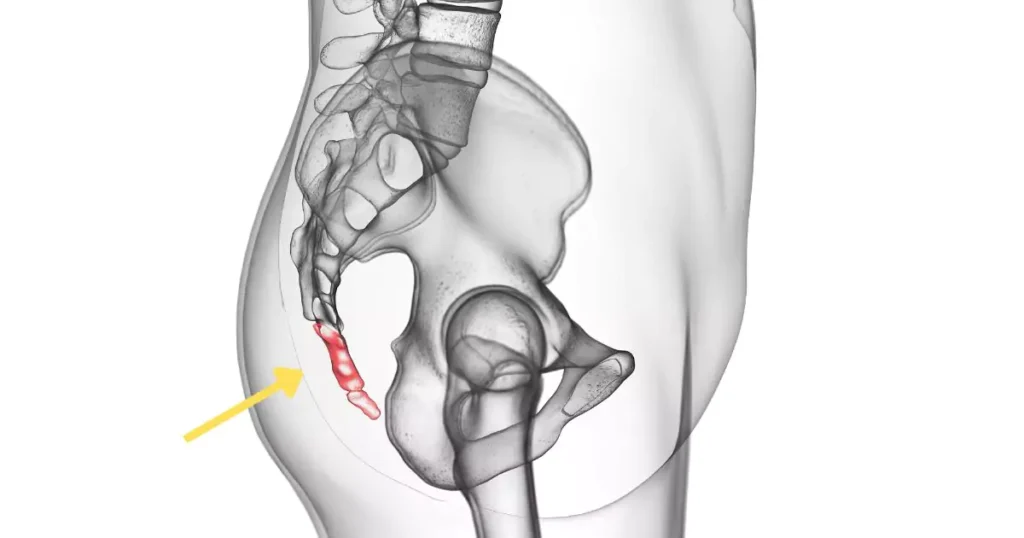
Evolution of the Tailbone
The tailbone is a vestige of a time when our primate ancestors had tails that aided in balance and mobility. As humans evolved to walk upright, the need for a tail diminished, and the structure gradually became smaller and less functional. Today, the tailbone is a small, triangular bone at the base of the spine.
Potential Functions
Although the tailbone is largely considered redundant, it does serve as an attachment point for various muscles, tendons, and ligaments. These structures play roles in supporting the pelvic organs and maintaining posture. However, the tailbone itself is not essential for these functions.
7. Appendix
The appendix is another part of the body that can be removed without affecting our overall health. Historically thought to be useless, some scientists now believe that the appendix may have a role in the immune system and could help store healthy gut bacteria. Despite these potential benefits, many people live perfectly healthy lives without their appendix.
Historical Perspectives
The appendix was long considered a vestigial organ with no significant function. Early anatomists believed it was a remnant of a larger cecum, used by herbivorous ancestors to digest cellulose-rich plant material. As the human diet evolved, the appendix became smaller and less important.
Modern Understanding
Recent research suggests that the appendix may play a role in maintaining gut health by acting as a reservoir for beneficial bacteria. During episodes of gastrointestinal illness, these bacteria can repopulate the gut, aiding in recovery. Despite this potential function, the appendix is not essential for survival, and its removal is common in cases of appendicitis.
Evolutionary Remnants
These seven body parts are evolutionary remnants that highlight how our bodies have adapted over millions of years. While they may no longer serve their original purposes, they provide fascinating insights into our evolutionary history. Understanding these changes can help us appreciate the complexities of human evolution and the remarkable adaptability of our species.
Why We Still Have These Parts
You might wonder why we still have these seemingly useless parts. Evolution is a gradual process, and changes in our anatomy occur over many generations. If a particular body part does not pose a significant disadvantage to survival or reproduction, it may persist even if it is no longer essential. Additionally, some of these parts might still have minor functions or serve as a backup for other systems in the body.
The Future of Human Evolution
As we continue to evolve, it’s possible that some of these body parts will eventually disappear. Advances in medicine, technology, and lifestyle changes will continue to influence our evolution. However, predicting specific changes is challenging, as evolution is influenced by a complex interplay of genetic, environmental, and social factors.
Potential Changes
Future human evolution may see further reductions in the size and functionality of these redundant body parts. For example, as dental hygiene improves and diets become softer, wisdom teeth may become even less common. Similarly, as body hair becomes increasingly unnecessary, it may continue to diminish.
While some parts of our bodies may seem useless today, they remind us of our rich evolutionary history and the incredible journey of human development. As we continue to evolve, who knows which other parts might become redundant? For now, let’s appreciate the fascinating story behind each of these vestigial structures and the insights they provide into our past. Understanding these evolutionary remnants helps us appreciate the complexity of the human body and the many adaptations that have shaped our species over millions of years.


